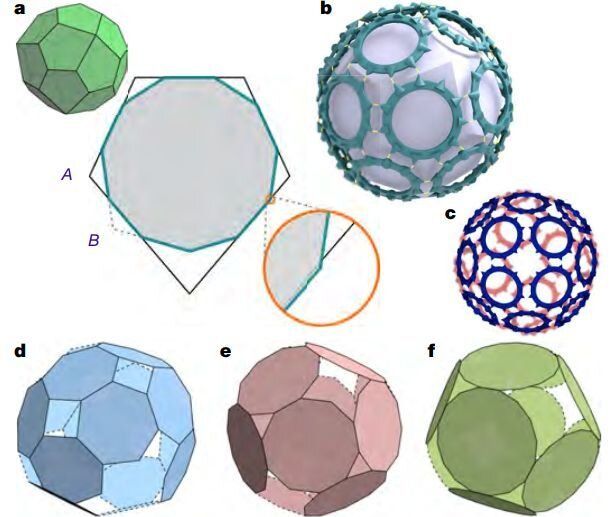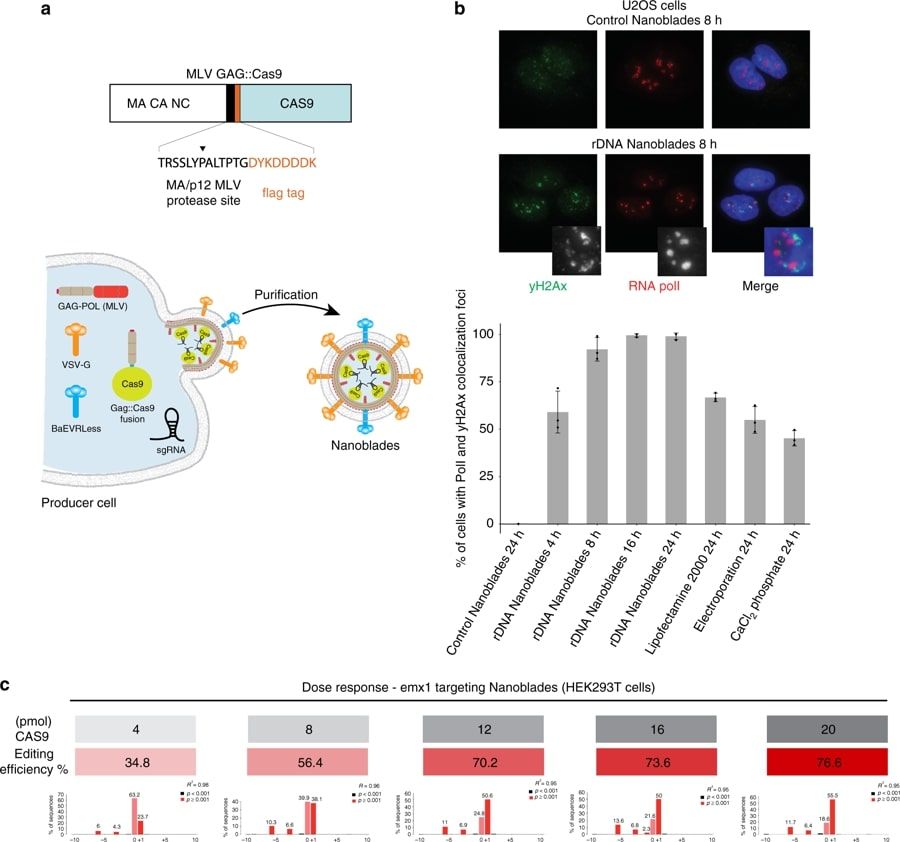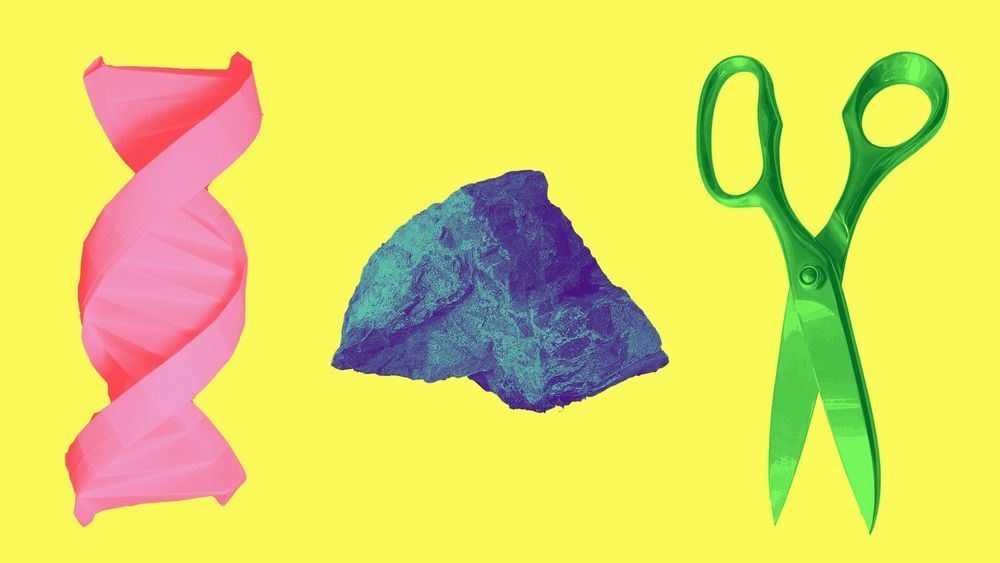May 8, 2019
Researchers create ‘impossible’ nano-sized protein cages with the help of gold
Posted by Quinn Sena in categories: biotech/medical, genetics, nanotechnology
Researchers from an international collaboration have succeeded in creating a “protein cage”—a nanoscale structure that could be used to deliver drugs to specific places of the body, and which can be readily assembled and disassembled, but also withstands boiling and other extreme conditions. They did this by exploring geometries not found in nature reminiscent of “paradoxical geometries” found in Islamic art.
Role-playing gamers—at least those who played before the digital age—are aware that there are restrictions governing the shape of dice; try to make a six-sided die by replacing the square faces with triangles, and you will be left with something horribly distorted and certainly not fair. This is because there are strict geometrical rules governing the assembly of these so-called isohedra. In nature, isohedral structures are found at the nano level. Usually made from many protein subunits and having a hollow interior, these protein cages carry out many important tasks. The most famous examples are viruses that use protein cages as a carrier of viral genetic material into host cells.
Synthetic biologists, for their part, are interested in making artificial protein cages in the hope of imparting them with useful and novel properties. There are two challenges to achieving this goal. The first is the geometry problem—some candidate proteins may have great potential utility, but are automatically ruled out because they have the wrong shape to assemble into cages. The second problem is complexity—most protein-protein interactions are mediated via complex networks of weak chemical bonds that are very difficult to engineer from scratch.
Continue reading “Researchers create ‘impossible’ nano-sized protein cages with the help of gold” »


















